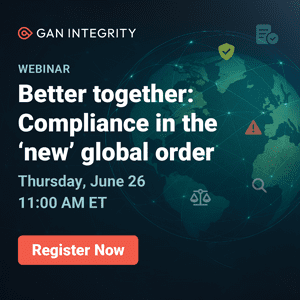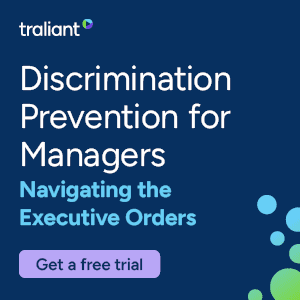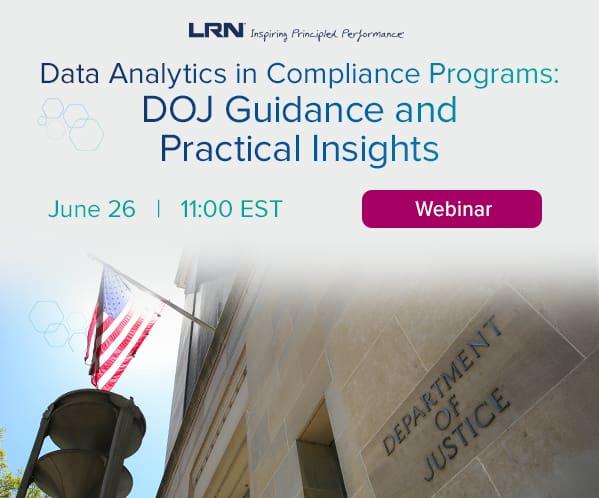Riskonnect’s Dawn Ward compares the traditional GRC view versus the integrated risk management (IRM) view of risks as they relate to internal audit and information systems teams.
As Gartner continues to shift its focus from governance, risk and compliance (GRC) toward a focus on integrated risk management (IRM), many corporate functions are recognizing the operational significance. The shift doesn’t negate the relevance of GRC, but it does start the conversation about how IRM enhances GRC programs.
One department poised to benefit from the shift to IRM is internal audit. Internal audit functions as the third line of defense, which can make it difficult to have full transparency into the work performed within the second line of defense. With limited transparency, there is often a divide between internal audit functions and other enterprise departments, which isn’t conducive to maintaining enterprise consistency and doesn’t support a collaborative work environment.
However, IRM breaks down enterprise silos that can contribute to internal audit being segregated from other relevant operational functions, including risk management. Internal audit already coordinates with functions within the second line of defense, but when enhanced through IRM, audit has the opportunity to expand its influence in key areas such as impact, exposure and fail safes. Here are some reasons why this integrated approach benefits internal audit.
Internal Audit Functions More Effectively with a Holistic View and an Engaged Enterprise
A great way to facilitate internal audit processes is to centralize policies and any other documents pertinent to internal review. Teams often find that their employees have conflicting documents in several different versions and file formats, which increases risk exposure and can complicate or even hinder internal audit processes. IRM, however, streamlines processes and centralizes enterprise assets, which reduces oversight and ensures all departments reference only one version of holistic information. The result is quality and accuracy assurance.
IRM also facilitates enterprise engagement and collaboration. With several documents spanning hundreds of pages, audit processes can be cumbersome without engagement from other departments. Oftentimes, employees are reluctant to work with internal audit simply because it’s too inconvenient. Employees who are far removed from operations aren’t interested in spending large amounts of time gathering information or participating in taxing audit processes. However, IRM solutions provide a platform for optimal collaboration that promotes efficiency and enhances document sharing and process management with increased accessibility.
Internal Audit Operations Can Be Optimized with Automation
The growth of IRM introduces the opportunity for internal audit to employ automation, a functionality of risk management information systems. With the most recent International Professional Practices Framework (IPPF) mandate to leverage the work of other assurance providers, it is important to look at automation as a facilitation tool. Internal auditors can leverage automation tools to better understand and communicate enterprise risks and provide assurance to management on the internal controls in place to mitigate those risks.
One of the biggest challenges for internal audit is limited visibility into risks and risk controls. Though internal audit is an invaluable function of the enterprise, it is limited to a bird’s-eye view of these intricate details, which muddles review scope and perpetuates the infamous “bad guy” connotation of the “outsiders looking in.” But automation provides integration points for areas of focus through testing and risk assessment results that other assurance activities perform in their business processes. This allows audit to better understand enterprise risks, enabling better prescriptive guidance that minimizes the impact of these risks.
Point Taken, But Where to Start?
Recognize and reinforce internal audit’s role as the third line of defense. Internal audit is not only there to identify pitfalls and inconsistencies after they become issues, but also to identify areas of improvement and recommend actionable solutions that prove to be proactive.
Use IRM practices to re-engage with enterprise departments on workflows and processes. For example, have enterprise departments assist with identifying preventive controls – precautionary measures designed to avoid risk pitfalls – and managing detective controls – controls put in place to recognize errors or irregularities. Department-level employees have more visibility into enterprise risks, so creating an alliance with them will provide more insight. Engagement also helps dispel the “bad guy” connotation by developing rapport.
Conclusion
For so long, internal audit was considered an auxiliary function, with its operations disjointed from the rest of the enterprise. However, the shift to IRM can improve engagement and cohesion among internal audit and other enterprise departments, which consequently reduces risk and compliance exposures.
Internal audit should take advantage of the shift to IRM. It’s an opportunity for internal audit frameworks to be brought to the forefront of risk and assurance functions. Through IRM, internal audit processes are streamlined and centralized, supporting enterprise collaboration and promoting consistency.



 Dawn Ward is a seasoned risk management and internal controls professional who is currently focused on assisting companies implementing governance, risk and compliance (GRC) programs utilizing Riskonnect software applications. Dawn provides training, guidance and mentoring to both internal and external stakeholders through training sessions, co-hosting webinars and career development initiatives. Dawn’s current passion is expanding her expertise further into areas of risk management, including cybersecurity.
Dawn Ward is a seasoned risk management and internal controls professional who is currently focused on assisting companies implementing governance, risk and compliance (GRC) programs utilizing Riskonnect software applications. Dawn provides training, guidance and mentoring to both internal and external stakeholders through training sessions, co-hosting webinars and career development initiatives. Dawn’s current passion is expanding her expertise further into areas of risk management, including cybersecurity. 








